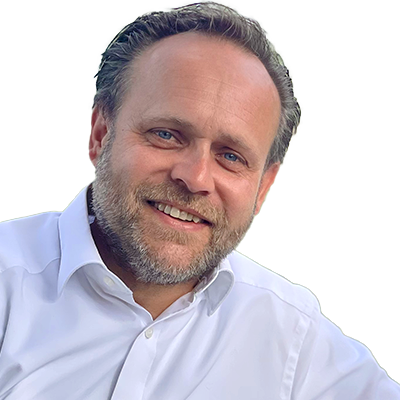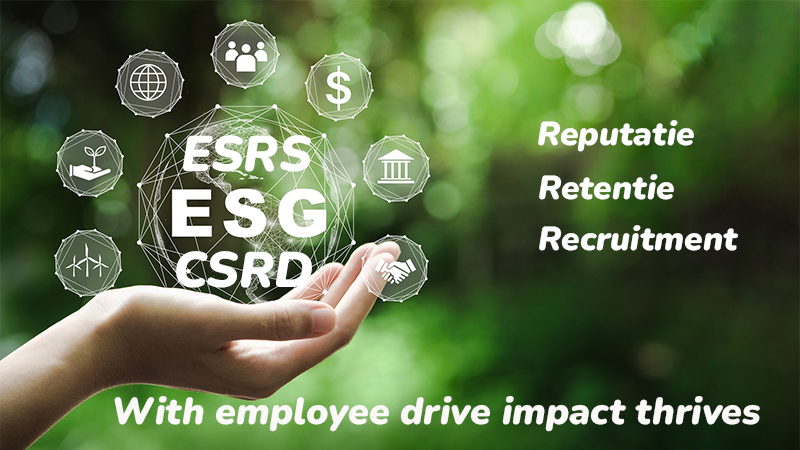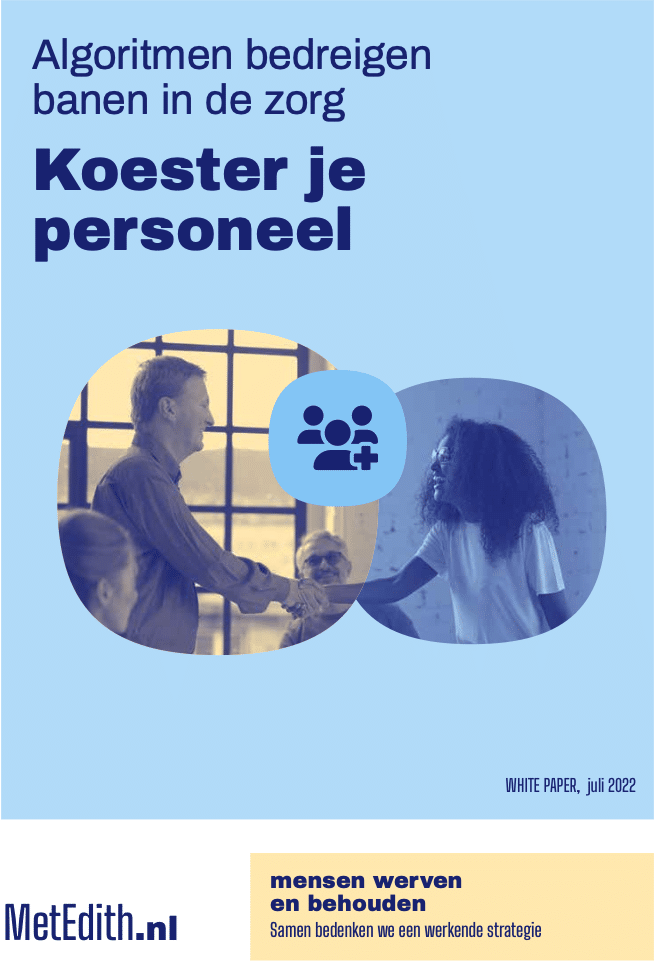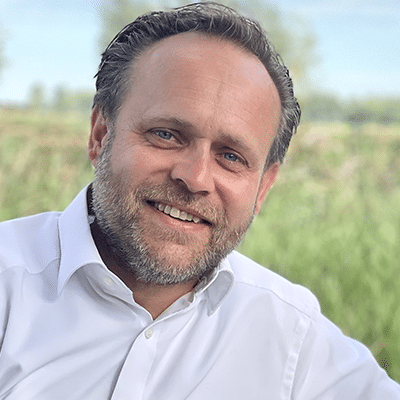
Je bent mens... geen middel !
Een fris, nieuw en innovatief perspectief, aandacht voor
Impact, Menswaarde, Reputatie, Retentie en Recruitment
Gebaseerd op de visie van
Harold van Puijenbroek
Werknemers die zich gewaardeerd voelen en een gevoel van betrokkenheid bij hun werkgever hebben, zijn veel minder snel geneigd om elders werk te zoeken. Door een circulaire besturing te implementeren bereikt een onderneming een betere werknemersretentie en bespaart direct kosten op het inhuren en trainen van nieuwe medewerkers.

Medewerkers die zich gewaardeerd en betrokken voelen, zijn productiever en werken met meer enthousiasme en inzet. Geef medewerkers de nodige ondersteuning en middelen om hun werk goed te doen en hen betrekken bij belangrijke beslissingen. Het identificeren en wegnemen van belemmeringen in het leven van de medewerker verhoogt de productiviteit.

Dat is meer dan een rapportage. Wanneer bedrijven impact op de maatschappij en hun werknemers op de eerste plaats zetten, heeft dat invloed op de werknemers zelf, hun gezinnen en vrienden. Door het creëren van een positieve werk- en leefomgeving, verbeteren bedrijven hun merkreputatie in de samenleving en op de arbeidsmarkt.

Medewerkers die zich gewaardeerd en betrokken voelen bij hun werkgever, zijn meer geneigd om innovatieve ideeën aan te dragen en creatief te denken. Door het stimuleren van een cultuur van innovatie en creativiteit profiteren bedrijven van ideeën die anders niet zouden zijn bedacht en gedeeld.

Wanneer bedrijven hun werknemers op de eerste plaats zetten en zich richten op het creëren van een mensgerichte bedrijfscultuur, levert gelukkige werknemers die zich gewaardeerd voelen. Deze zijn gemotiveerder om te werken en hebben meer betrokkenheid bij hun werkgever. Dit leidt tot betere productiviteit en innovatie, hogere kwaliteit van het werk en betere klantenservice.

Als lid van het managementteam van een onderneming is het belangrijk om te doen wat je predikt. Dit leidt tot meer vertrouwen en respect. Het heeft invloed op het managementteam zelf, de werknemers en de klanten. Het resulteert in een betere reputatie voor het bedrijf, wat klanten en werknemers aantrekt. Dit heeft een positieve invloed op de omzet en winst van het bedrijf en maatschappij.

Een nieuw bedrijfsmodel
Klant is Koning & Medewerker Koningin
Klant is koning & medewerker koningin sluit aan bij het ontwikkelen van maatschappelijke impact. Door middel van een circulaire en duurzame bedrijfsvoering en economie.
Bedrijven hebben altijd geprobeerd om de klant centraal te stellen in hun bedrijfsstrategieën. De beroemde uitspraak “de klant is koning” benadrukt het belang van het begrijpen van de behoeften en verwachtingen van de klant en het leveren van producten en diensten die aan die behoeften voldoen.
In de afgelopen jaren is er daarnaast een groeiende vraag naar een circulaire en duurzame economie ontstaan. Daarvoor is erkenning van het belang van medewerkers als essentiële klanten, een noodzakelijkheid van een succesvol bedrijf; het Employee Centric Businessmodel.
Duurzaam & Circulair
Ondernemingen die zich richten op Employee Centric handelen met en Employee Centric Businessmodel (EmpC-model) en impact op de maatschappij, dragen meer bij aan een circulaire en duurzame economie. Dit komt doordat deze ondernemingen een holistische benadering hebben en zich naast financiële winst, ook richten op de positieve impact op de maatschappij en het milieu. Dat zien zij ook als winst.
Dit betekent bijvoorbeeld dat deze ondernemingen investeren in duurzame en circulaire productiemethoden en materialen, en dat zij zich inzetten voor bijvoorbeeld het verminderen van hun CO2-uitstoot en het verminderen van afval. Ook hebben zij vaak een open en transparante duurzame bedrijfsvoering, waarbij zij hun klanten, stakeholders en medewerkers actief betrekken bij hun duurzaamheidsinspanningen. Zij zien hun medewerkers niet meer als een resource, maar als een klant van de onderneming waardoor zij zich gehoord, begrepen en geholpen voelen. Samen werken zij aan een geloofwaardig en realistisch plan voor de toekomst.
Daarentegen zijn er ondernemingen die zich voornamelijk richten op winstoptimalisatie en personeelskosten minimalisatie en daardoor minder bijdragen aan een circulaire en duurzame economie, omdat zij wellicht minder investeren in duurzaamheid en maatschappelijke impact. Dat hoeft op korte termijn geen probleem te zijn, echter breekt dit in de toekomst op doordat er onvoldoende klanten bij hen willen kopen en geen medewerkers daar meer willen werken.
Uiteraard zijn er uitzonderingen en hangt alles af van de specifieke sector en bedrijfsactiviteiten. Maar in het algemeen geldt dat ondernemingen die zich richten op Employee Centric handelen samen met impact op de maatschappij, beter gepositioneerd zijn om bij te dragen aan een circulaire en duurzame economie.
Het implementeren van een mensgericht bedrijfsmodel en een sterke focus op Intangible Value Management (IVM) is, naar mijn mening, van onschatbare waarde voor de besturing van een toekomstgerichte duurzame onderneming.




